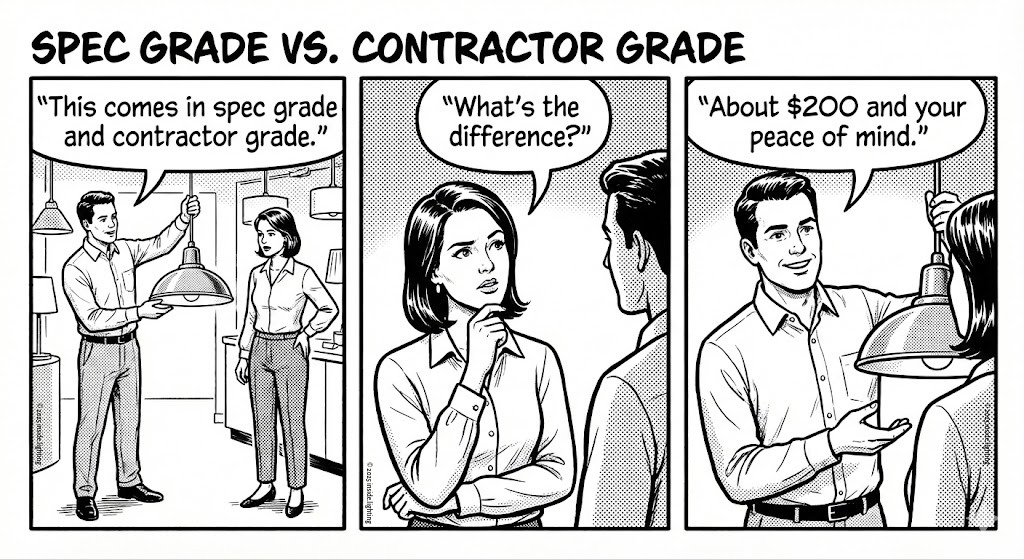May 5, 2025
Light and Air Pollution May Compound Brain Health Risks

New, large-scale study highlights importance of urban lighting in aging populations
A new large-scale study from China has found that long-term exposure to both air pollution and nighttime illumination may jointly raise the risk of memory-related disorders among older adults — a finding that adds new weight to a growing body of environmental health research.
Drawing on health data from over 44,000 adults aged 45 and older, the study looked at links between exposure to fine particulate matter (PM2.5), other air pollutants, and outdoor light at night — referred to in the research as artificial light at night (ALAN). What stands out is not just that each of these exposures was individually associated with greater risk of memory disorders, but that the combined exposure had a stronger-than-expected effect.
Researchers found that people exposed to both high levels of air pollution and nighttime lighting had more than double the risk of developing memory conditions like Alzheimer’s, Parkinson’s, or brain atrophy compared to those with lower exposures. That’s based on hazard ratios calculated through advanced statistical modeling, which also showed a “synergistic” effect — meaning the combined impact exceeded the sum of the individual risks.
New Evidence, Familiar Concerns
This isn’t the first study to link nighttime lighting to cognitive or metabolic changes. The health impacts of electric light exposure at night — disrupted sleep, melatonin suppression, and altered circadian rhythms — are already well documented. But this research is significant because it uses nationwide data and considers interactions between multiple urban environmental exposures, rather than looking at them in isolation.
The researchers also examined biological markers like glucose and cholesterol to explore how these exposures may affect the body. They found that light and air pollution may contribute to inflammation and metabolic changes — plausible mechanisms that could explain the observed memory risks.
While the mediation effects were modest, the evidence adds credibility to concerns that excessive nighttime lighting could be more than just a nuisance — it may carry long-term health implications, particularly for older adults.
Implications for Urban Planning and Lighting Design
For lighting professionals, this study reinforces an idea that’s gaining traction: how we illuminate cities at night matters. Smart controls, targeted illumination and thoughtful fixture design can reduce unnecessary exposure while still meeting safety and usability needs.
The takeaway isn’t to turn out the lights — but to manage them more carefully, especially in densely populated or vulnerable communities. With aging populations and growing urbanization, nighttime illumination is becoming a public health consideration, not just an engineering one.
The study’s authors suggest coordinated regulation of air and light pollution — something urban planners, public health officials, and the lighting industry may increasingly need to address together.
“Synergistic impact of air pollution and artificial light at night on memory disorders: a nationwide cohort analysis” was published in BMC Public Health (April 2025) by researchers Hongmiao Tao, Guozhong Chen, Lin Wu, and Hongqiang Lou from Jinhua University and Hangzhou Normal University.










